EnOcean Alliance promotes the only norm of radio energy harvesting, dedicated to building automation. At NodOn’s, we have developed and designed a complete range of radio battery-less smart sensors and actuators, we addresses today a key point: the certification of those devices, which allows to create interoperability between the products and so give birth to a real EnOcean ecosystem.
EnOcean Alliance certifications: 2.0 and 3.0
EnOcean Alliance has created two levels of Certification, 2.0 and 3.0, dedicated to devices using this radio technology. At NodOn’s, we offer our clients quality products and we defend interoperability of smart devices in buildings. We want to participate to the unity of the EnOcean ecosystem, we have interviewed Graham MARTIN, CEO of EnOcean Alliance, to understand those two Certifications and their impact on smart building. Moreover, Alexis our R&D Electronics Manager, explains our internal methods of certification.
Why has this Certification Program emerged?
Graham Martin: Previously there was no formal Certification Program. All products using this technology were added to EnOcean GmbH ecosystem. In the early days of the Alliance, this was deemed sufficient for the limited number of players in the eco-system and for the relatively simple functions (EEPs) most of these products used. As the eco-system rapidly expanded with multiple additional suppliers and more complex products it became clear that a formal Certification Program would be necessary.
What are the interests for Certifications 2.0 and 3.0?
Graham Martin: System planners, system integrators and customers demand reliable products and procedures which facilitate the implementation of versatile solutions with an increasing variety of use cases of EnOcean technology. The EnOcean Alliance Certification Program helps secure interoperability of EnOcean-based devices without major additional effort. This also helps users / building operators to identify potential new interoperable products when expanding their systems or during retrofits.
How was this Certification program created?
Graham Martin: The Certification Program covers all elements of the communication adequately defined and is designed for self-certification by the device manufacturer – similar to the European CE declaration. In addition, an extension for a supplementary verification by an independent and accredited test laboratory is also possible.
Interoperability is essential for the use of intelligent building control and needs devices to perform as specified at the physical, communication and application layers. At the physical level, the air interface has to be compliant with the EnOcean standards ISO / IEC 14543-3-10 and ISO / IEC 14543-3-11, as well as achieve a defined minimum transmission range. At the communication layer, the scheduling and logical compliance with defined communication flows is required and at the application level, the correct coding and decoding of communication content and the compliance to a defined schedule and conform processing of transmitted data is required.
What are the requirements for Certification EnOcean 2.0 and 3.0?
Alexis: The Certification EnOcean 2.0 concerns products launched before January 1st, 2018. To obtain it, we have followed our qualification process and then we have integrated the product on the EnOcean database and have declared that it well respects the conditions of use of the concerned profile, which means it was able to send and/or receive frames corresponding to its profile, defined by the EEP.
The Certification process mainly aims to harmonize the database of EnOcean devices. This way, it is simpler to find a product following a certain profile on EnOcean Alliance portal.
The Certification EnOcean 3.0 concerns new products, launched from January 1st, 2018. To obtain this Certification, we need to:
- Obtain the Air Interface Certification, which concerns radio module and attest the respect of ISO Standards: ISO/IEC Standards 14543-3-1x
- Make sure of the proper functioning of the device radio, which has to respect a sufficient emission/reception range,
- Make sure of the well implementation of the communication protocol, in particular the respect of EnOcean profile (EEP).
This certification process is more restrictive and allows to validate the proper functioning of an EnOcean network, whether it is in term of radio range or respect of the protocol.
What is the internal process of NodOn to define a product EnOcean certified?
Alexis: Before the launch of Certification Programs, we had internally a qualification process well defined, allowing us to ensure the quality of our devices.
This qualification process has 3 key points:
- Validation of the profile according to the EEP specifications: we ensure that our product well respects the EEP profile dedicated, making sure that the frames linked to the profile are well handled.
- Product compatibility in an EnOcean network: we make sure that our product is well compatible with EnOcean protocol, not only with the respect of theoretical specifications, but also by the integration of the products in EnOcean networks, it means that our product is well compatible with others EnOcean devices or with a compatible gateway.
- Radio range: we impose ourselves a certain requirement regarding the radio range of our devices and make sure that each of our products respects a minimum range of 30 meters.
Today, with the new Certification Program, we make sure that our own process is similar to the requirements of EnOcean Alliance. The implementation of this program allows us to standardize our results with specifics documents, that we share with our clients and attest the validity of our product, EnOcean certified 2.0 or 3.0.
Today, our products launched before January 2018 are integrated and compatible with a large number of EnOcean home automation solutions. It is a real sign of conformity and good respect of radio protocol.
The soft button… at which Certification level will it be certified?
Alexis: The Soft Button is our last born product, it will be available on 2018 and so will have to pass the Certification 3.0 process.
It doesn’t change much regarding the Certification itself, as we impose ourself this qualification process. However, it allows us to have the support of EnOcean Alliance which gives us more precise tools to do tests and reports. We can more easily share the results of our tests to attest the proper functioning of our devices.
In general, we will be able to attest that our new product is 100% EnOcean compatible and that it has been approved by the Alliance according to standards identical for all manufacturers.
Today, how many products are certified 2.0 and 3.0? How many manufacturers are certified?
Graham Martin: Approximately 40 product manufacturers have already certified their products. A total of 700 base products are certified, the majority (for obvious reasons) are certified currently to level 2.0. Our aim is to have around 1.000 products certified by year-end with around 250 to level 3.0. All details and products can be found under: https://www.enocean-alliance.org/products/

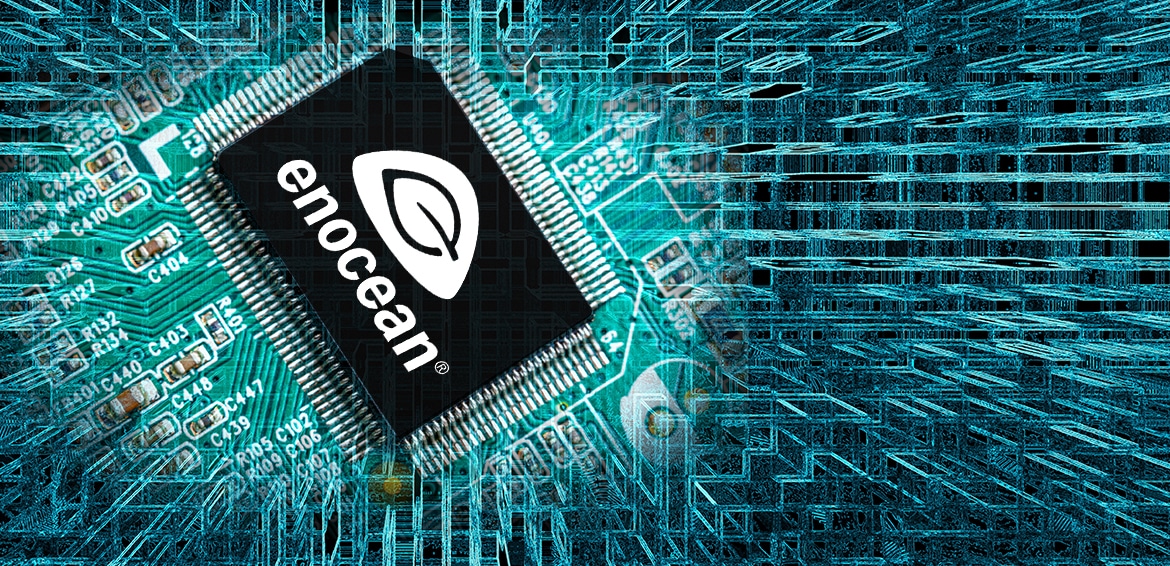
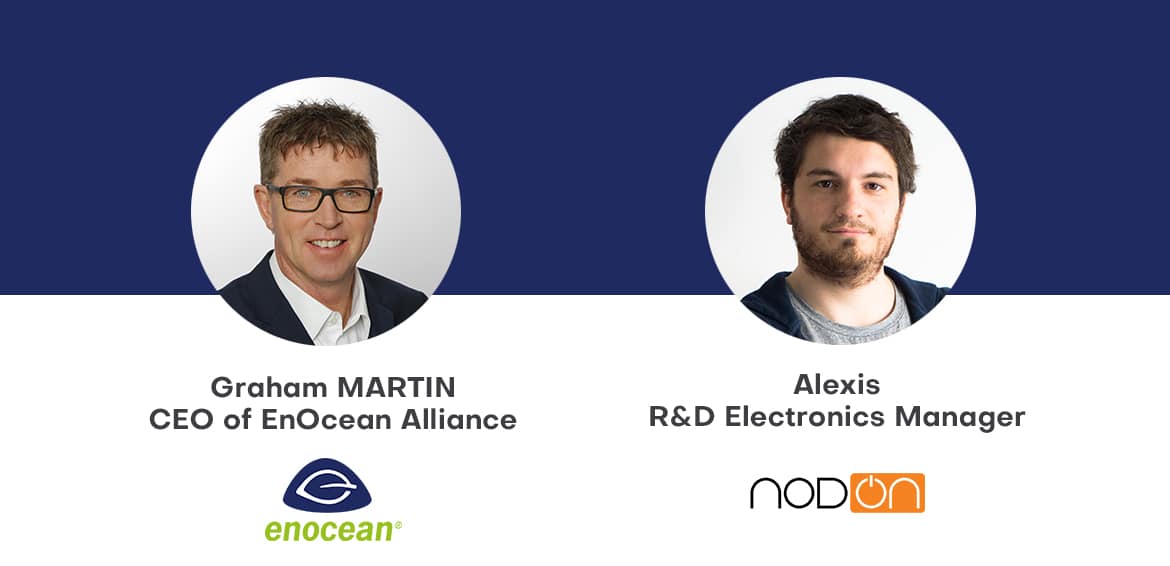
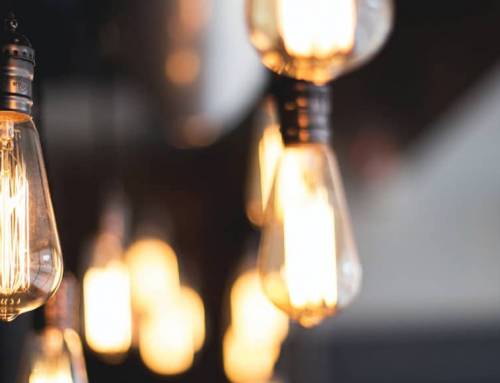
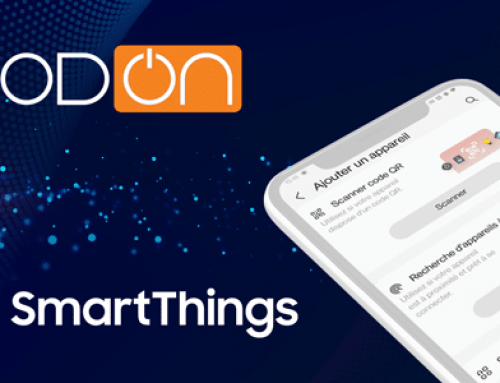
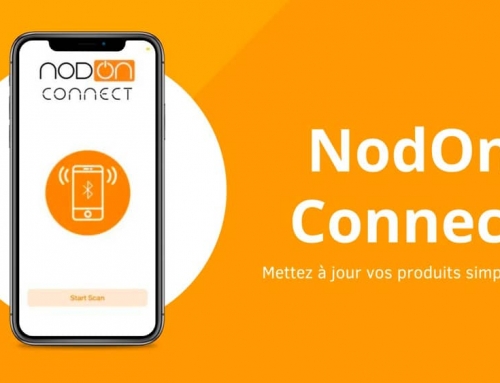
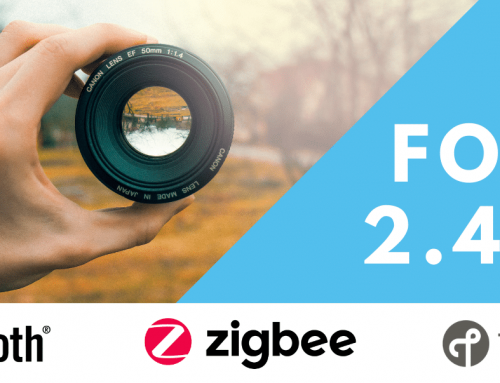
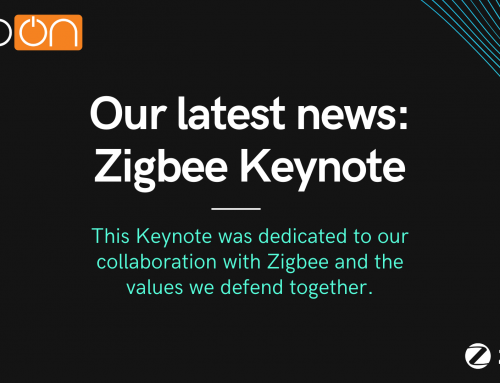
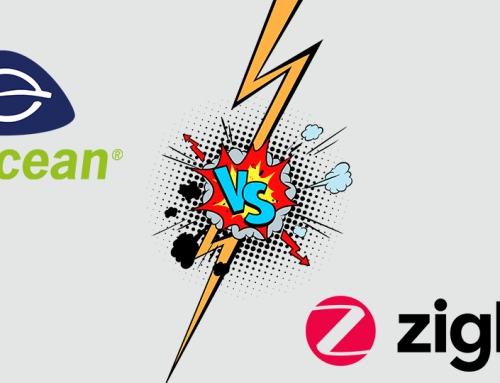
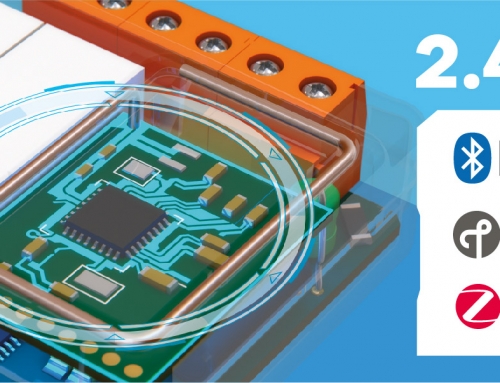
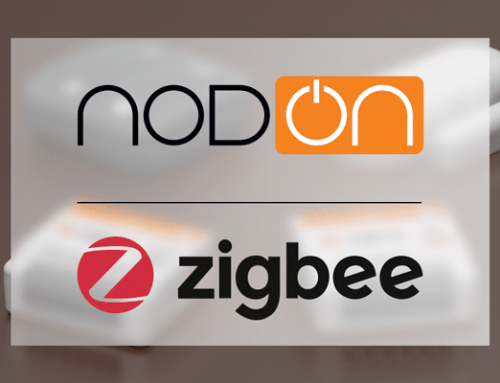
Leave A Comment